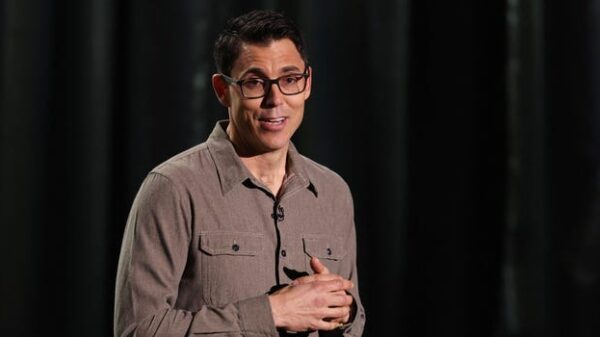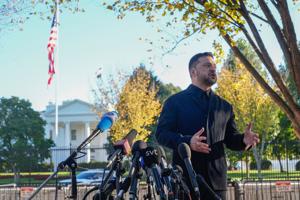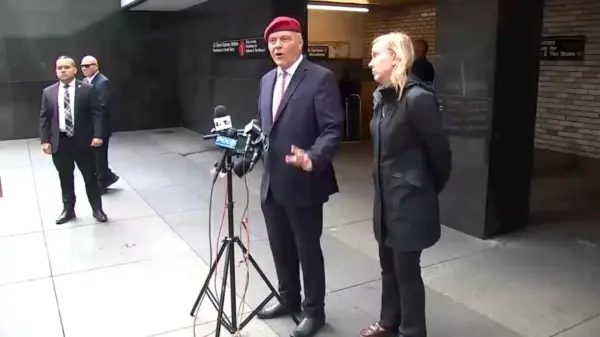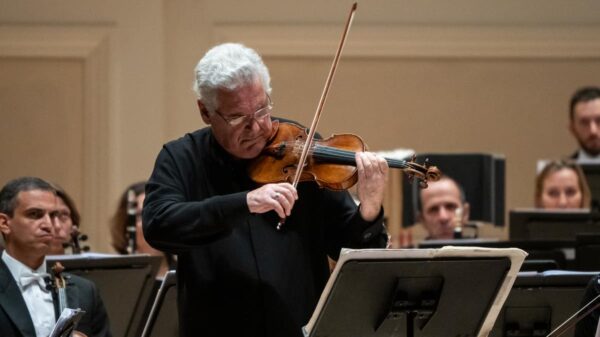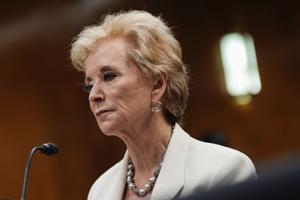WASHINGTON (AP) — A decision by the Trump administration to withhold over $6 billion in federal grants is causing alarm among day camp providers and schools across the United States. The funding freeze, announced as part of a review to ensure alignment with President Donald Trump’s priorities, threatens to disrupt summer plans for low-income families and jeopardizes after-school programs for the upcoming school year.
The freeze affects grants intended for after-school and summer programs, English language instruction, adult literacy, and more. States and schools, now caught in a budgeting limbo, face uncertainty about when or if they will receive the funds. This move has sparked a potential clash with Democrats, who argue that the administration is defying congressional intent by withholding funds that were already appropriated.
Impact on Low-Income Families and Education Programs
Without the federal money, schools warn they may not be able to offer free or affordable after-school care for low-income children, leaving parents without crucial childcare support. Programs like the Boys and Girls Clubs of America, which rely on these funds, risk having to terminate summer activities prematurely.
“If these funds are blocked, the fallout will be swift and devastating,” said Jim Clark, President of the Boys and Girls Clubs of America. The organization estimates that as many as 926 clubs could close, affecting over 220,000 children.
The Education Department’s notice, issued on Monday, stated that the funds would not be released during the review. It provided no timeline and warned that decisions on grants for the upcoming school year are pending. The department emphasized its commitment to ensuring taxpayer resources align with the President’s priorities.
Consequences for Schools Nationwide
In Alabama, Gadsden City Schools officials have expressed concern that they will have to close their after-school program, which serves more than 1,200 low-income students, if the funds remain frozen. Janie Browning, who directs the program, highlighted the lack of alternative funding sources to compensate for the federal shortfall.
“Those hours between after school and 6 o’clock really are the hours in the day when students are at the most risk for things that may not produce great outcomes,” Browning said. “It would be devastating if we lost the lifeline of afterschool for our students and our families.”
Jodi Grant, Executive Director of the Afterschool Alliance, warned that withholding the funds could have lasting economic repercussions. The organization fears that these grants are being targeted for elimination, which could force schools to cut programs and lay off teachers.
Political and Economic Implications
Senator Patty Murray, D-Wash., has urged the administration to release the funds as Congress intended. She emphasized that the delay forces school districts to consider cutting back on after-school programs or laying off teachers.
“Every day that this funding is held up is a day that school districts are forced to worry about whether they’ll have to cut back on afterschool programs or lay off teachers instead of worrying about how to make sure our kids can succeed,” Murray stated.
The six grant programs under review include the 21st Century Community Learning Centers, the primary federal funding source for after-school and summer learning programs. These programs support over 10,000 local initiatives nationwide, distributing $1.3 billion this fiscal year. Other affected grants include funds for teachers’ professional development, academic enrichment, English language learners, and migrant education.
Challenges for Rural and Migrant Communities
Rural districts, such as Umatilla School District in Oregon, face significant challenges due to their reliance on federal funding for after-school and summer programs. Superintendent Heidi Sipe is in discussions with state officials to determine if they need to end summer school early, impacting 20% of their students.
“It’s an essential service in our community because we don’t have any licensed child care centers for school-age children,” Sipe explained. She expressed frustration over the funding freeze, as the district is in the middle of a five-year grant period.
Education advocates, like Amaya Garcia from New America, suggest the administration is sending a political message by targeting these programs. They argue that the freeze disproportionately affects vulnerable populations, including migrant families and English learners.
As the situation unfolds, schools and families await clarity on the future of these essential programs. The decision to withhold funds not only impacts immediate educational opportunities but also poses broader questions about federal priorities and the role of public funding in supporting education.


